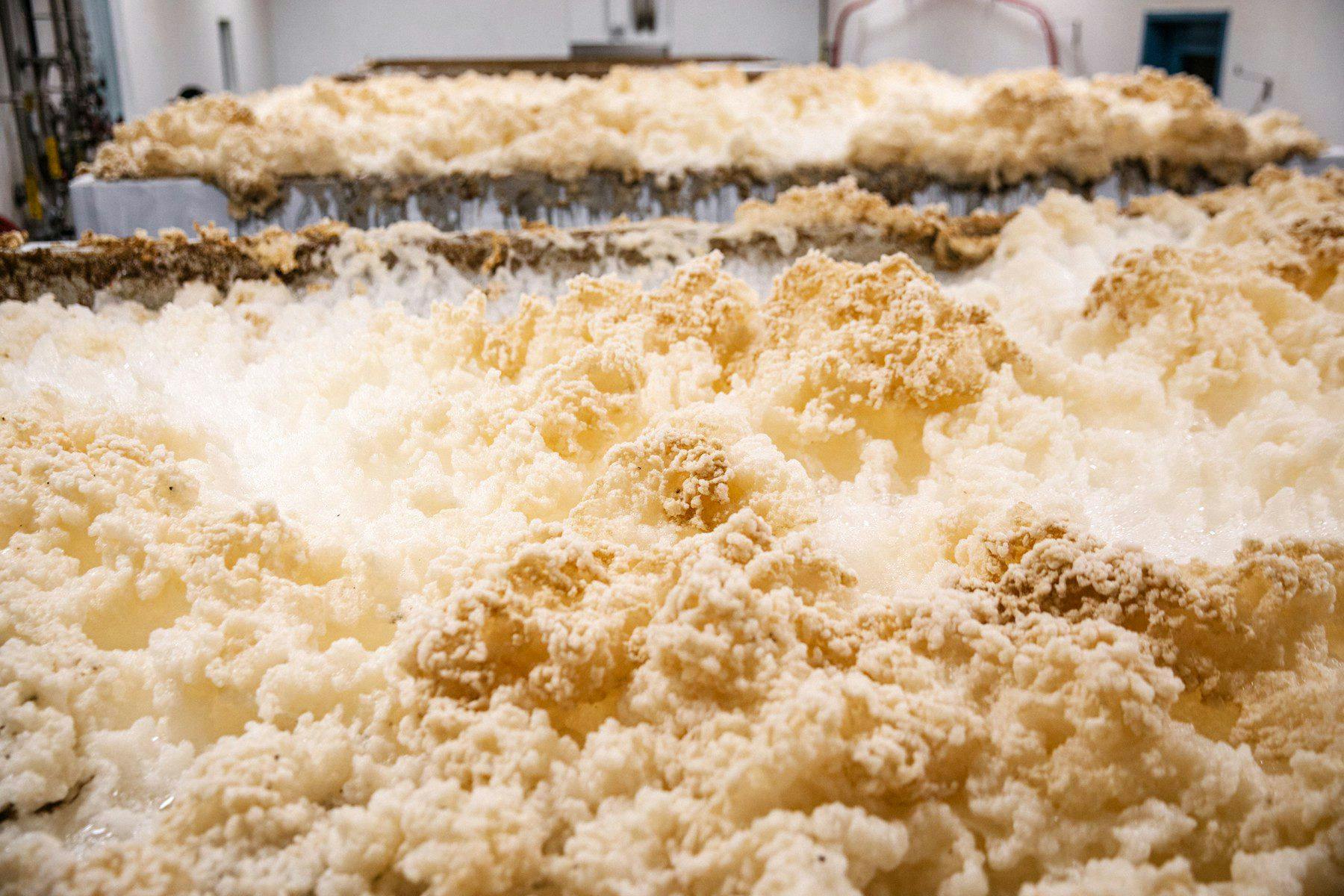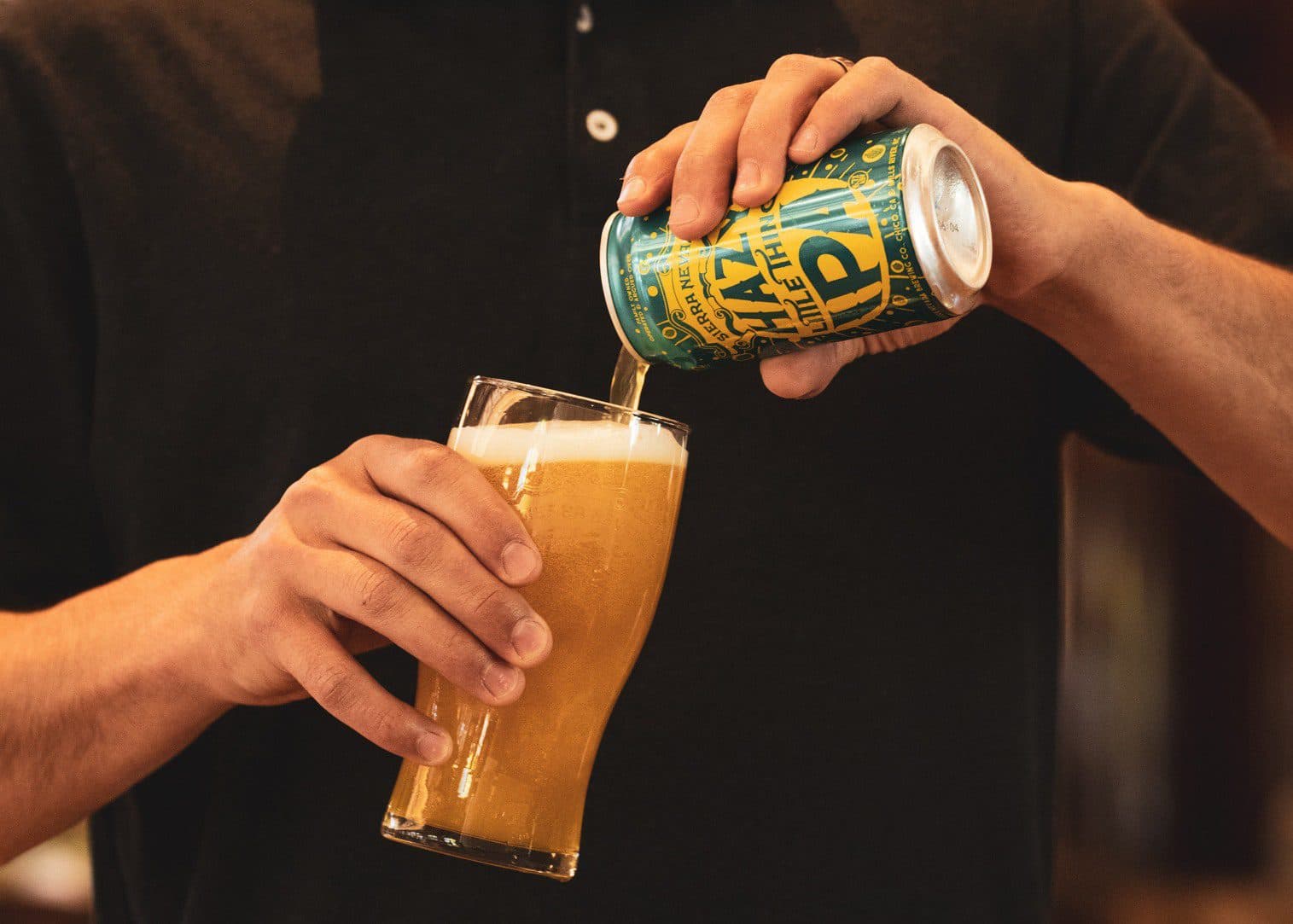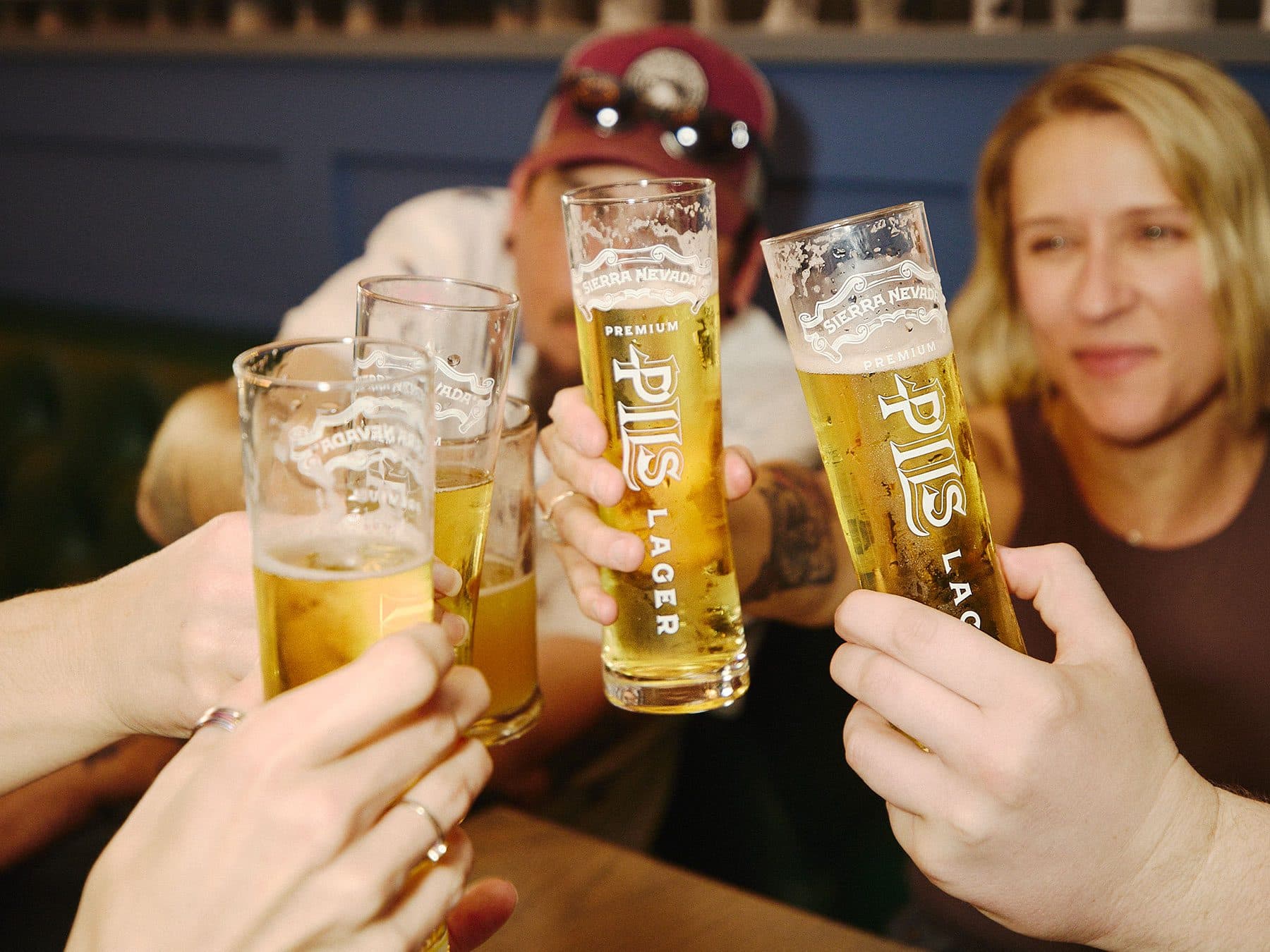
Benjamin Franklin never said what he supposedly uttered about beer. He was writing about wine. I bet he loved his ale though.
Of course he did. In most countries across the globe, beer was a staple. Folks believed, in that era, it was sometimes safer to drink beer than water. And the ingredients in beer include nutrients like antioxidants, presumed to defend against harmful molecules.
Ferulic Acid in Beer
One source of antioxidants is ferulic acid, which can be found in beer because of its malt. Great beer depends on there being great malt, and I, for one, rejoice in those wonderful people, the maltsters. Some of them are very traditional, using the labor-intensive approach of floor malting. Here the germination of the grain takes place on floors, with the manual raking of the grain into a thinnish layer if there is a need to cool things down and the piling into heaps if the aim is to cause the grain to increase in its temperature.
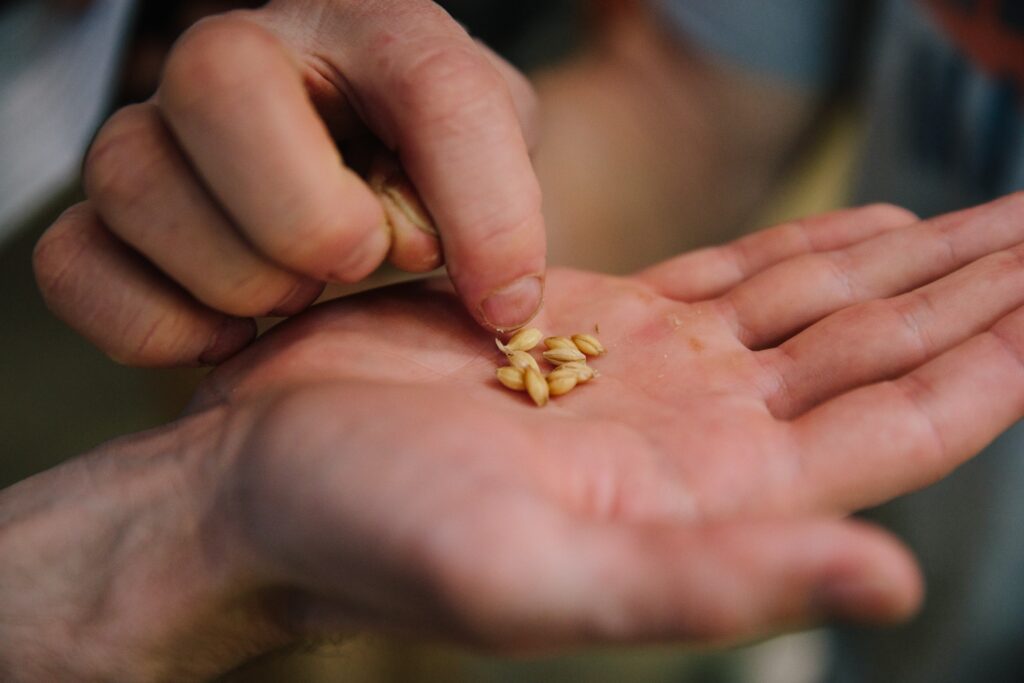
Friable Grains
The aim of germination is to produce the enzymes that will soften the grain and then be available for the brewer to use in the brewhouse. The word we use for the softness of the grain is friability and the instrument used to measure it is called a friabilimeter.
One critical thing is that the grain that is used for malting is not contaminated with a mold called Fusarium. Apart from producing a toxic material, it also makes a small protein that ends up in the beer, where it causes it to gush. That is when a beer foams of its own accord when you open the container, soaking your pants in the process. We like foam, of course, but we like to be in control of it.
The newly kilned malt from the malt house cannot be used straightaway. It needs to be stored for a few weeks, otherwise it does not “behave itself” in the brewery, causing several problems. Newly dried malt is sometimes called fiery malt.
Fermenting the Yeast
It is strange to report that after 150 years in which much of the science underpinning malting and brewing has been worked out, folks still disagree about several issues. One of them concerns Free Amino Nitrogen (FAN). This is a fancy term for the amino acids that are produced by the enzymes in breaking down proteins. Some argue that this mostly happens during malting. Others insist that it happens to a greater extent in the brewer’s mash. Whoever is right, the FAN value is important because it has a great impact on the ability of the yeast to perform in the fermenter during fermentation.
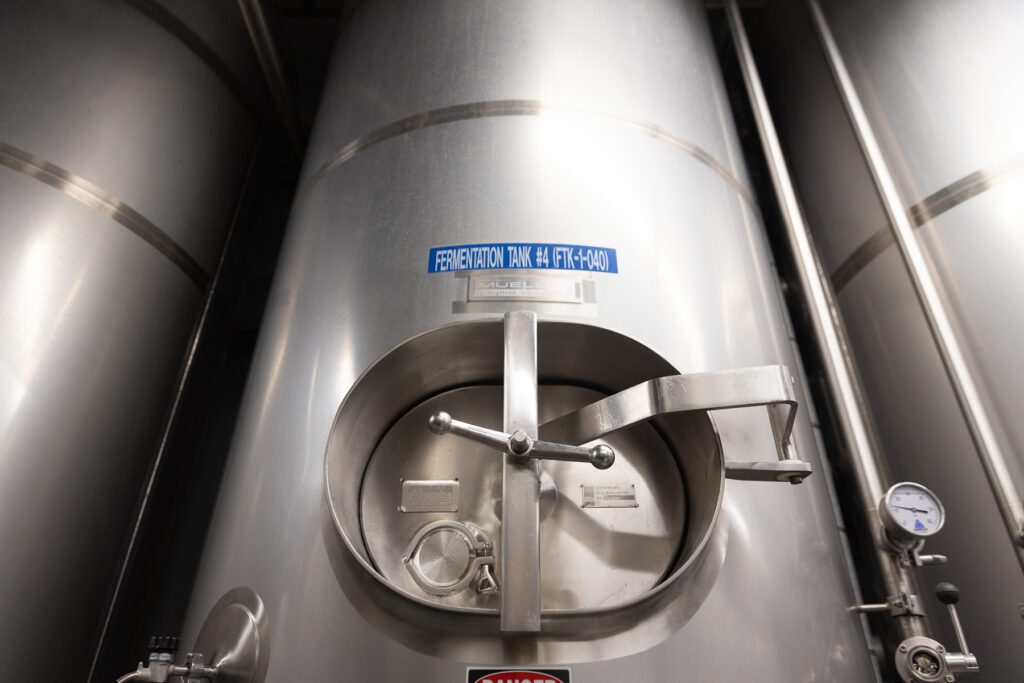
Flocculation and Finings in the Yeast
Another important property of the yeast is its flocculation behavior. Yeast cells stick to one another in the fermenter and either rise to the top of the vessel or sink to the bottom. The settling can be promoted by materials that are added to the brew, additions called finings. Some of these materials will also increase the sedimentation of other insoluble materials in the wort or, later, the beer.
Filtering Beer
Of course, particles in beer can also be removed by filtration. Several factors can influence the speed at which filtration occurs. For example, there are complex carbohydrates that originate in the grain that can slow things down. These are largely removed during malting — but some brewers use barley that has not been malted, although processed in intense heat to make flaked grain.
The final beer has got to look right, but it also needs to have the correct flavor. What is more, most beers should not deteriorate too rapidly, something called flavor instability. One of the main agents that speeds up this staling is oxygen, so when putting beer into a bottle, a tiny amount of sterile water is fired into every filled bottle before capping. This causes the beer to fob, which means that foam is produced which serves to drive air out of the space at the top of the container.
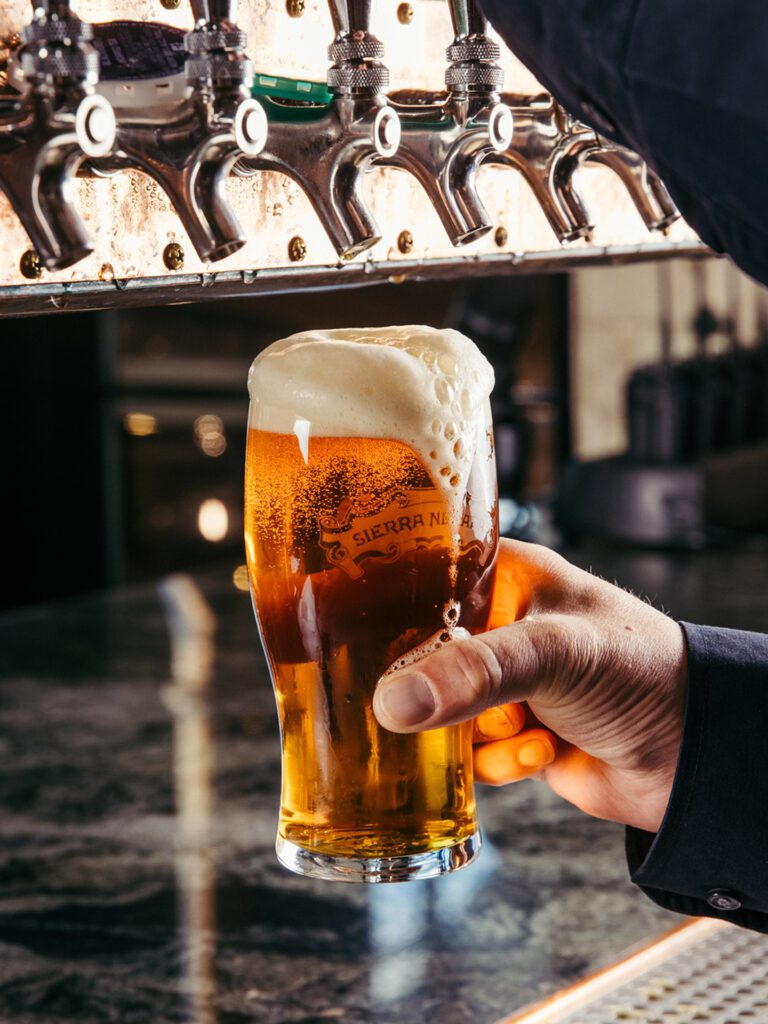
Fatty Acids in Flavor Stability
Other enemies of flavor stability are the fatty acids, chiefly from the grain, some of which can become oxidized and give papery flavors to the beer.
Some people think that giving a heat treatment to the finished beer (pasteurization) damages flavor. But it really does not if it is not too excessive. One way of doing this is to pass the beer through a column when it is heated to say 170ºF for 45 seconds. This is called flash pasteurization.
Some beers do not lend themselves to pasteurization, because they depend on microorganisms to be present in the beer. These include the Lambic beers from Belgium, very sour beers in which the acidity is often tempered with some fruit. A good example is the beer flavored with raspberries, Framboise.
Apart from the foam, the clarity, and the flavor, it is also important that the beer has the correct color. In Germany, under the terms of the purity law, German brewers are restricted in what they can use to adjust the color in the finished beer. There is a history of using extracts that are mashed from a mixture of pale malt and very heavily roasted malts before boiling and fermenting. It is called farbebier.
– Charlie Bamforth
